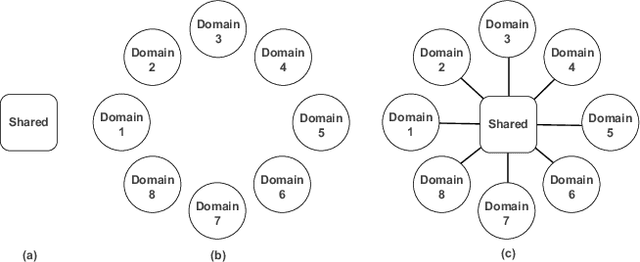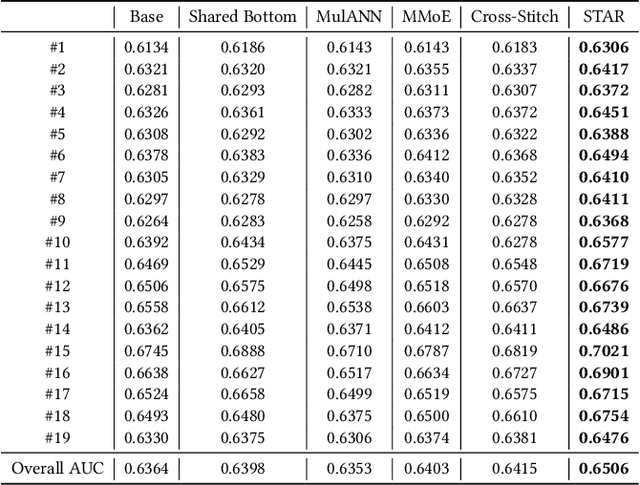Xinyao Ding
Early Autism Diagnosis based on Path Signature and Siamese Unsupervised Feature Compressor
Jul 12, 2023Abstract:Autism Spectrum Disorder (ASD) has been emerging as a growing public health threat. Early diagnosis of ASD is crucial for timely, effective intervention and treatment. However, conventional diagnosis methods based on communications and behavioral patterns are unreliable for children younger than 2 years of age. Given evidences of neurodevelopmental abnormalities in ASD infants, we resort to a novel deep learning-based method to extract key features from the inherently scarce, class-imbalanced, and heterogeneous structural MR images for early autism diagnosis. Specifically, we propose a Siamese verification framework to extend the scarce data, and an unsupervised compressor to alleviate data imbalance by extracting key features. We also proposed weight constraints to cope with sample heterogeneity by giving different samples different voting weights during validation, and we used Path Signature to unravel meaningful developmental features from the two-time point data longitudinally. Extensive experiments have shown that our method performed well under practical scenarios, transcending existing machine learning methods.
One Model to Serve All: Star Topology Adaptive Recommender for Multi-Domain CTR Prediction
Jan 27, 2021



Abstract:Traditional industrial recommenders are usually trained on a single business domain and then serve for this domain. In large commercial platforms, however, it is often the case that the recommenders need to make click-through rate (CTR) predictions for multiple business domains. Different domains have overlapping user groups and items, thus exist commonalities. Since the specific user group may be different and the user behaviors may change within a specific domain, different domains also have distinctions. The distinctions result in different domain-specific data distributions, which makes it hard for a single shared model to work well on all domains. To address the problem, we present Star Topology Adaptive Recommender (STAR), where one model is learned to serve all domains effectively. Concretely, STAR has the star topology, which consists of the shared centered parameters and domain-specific parameters. The shared parameters are used to learn commonalities of all domains and the domain-specific parameters capture domain distinction for more refined prediction. Given requests from different domains, STAR can adapt its parameters conditioned on the domain. The experimental result from production data validates the superiority of the proposed STAR model. Up to now, STAR has been deployed in the display advertising system of Alibaba, obtaining averaging 8.0% improvement on CTR and 6.0% on RPM (Revenue Per Mille).
 Add to Chrome
Add to Chrome Add to Firefox
Add to Firefox Add to Edge
Add to Edge